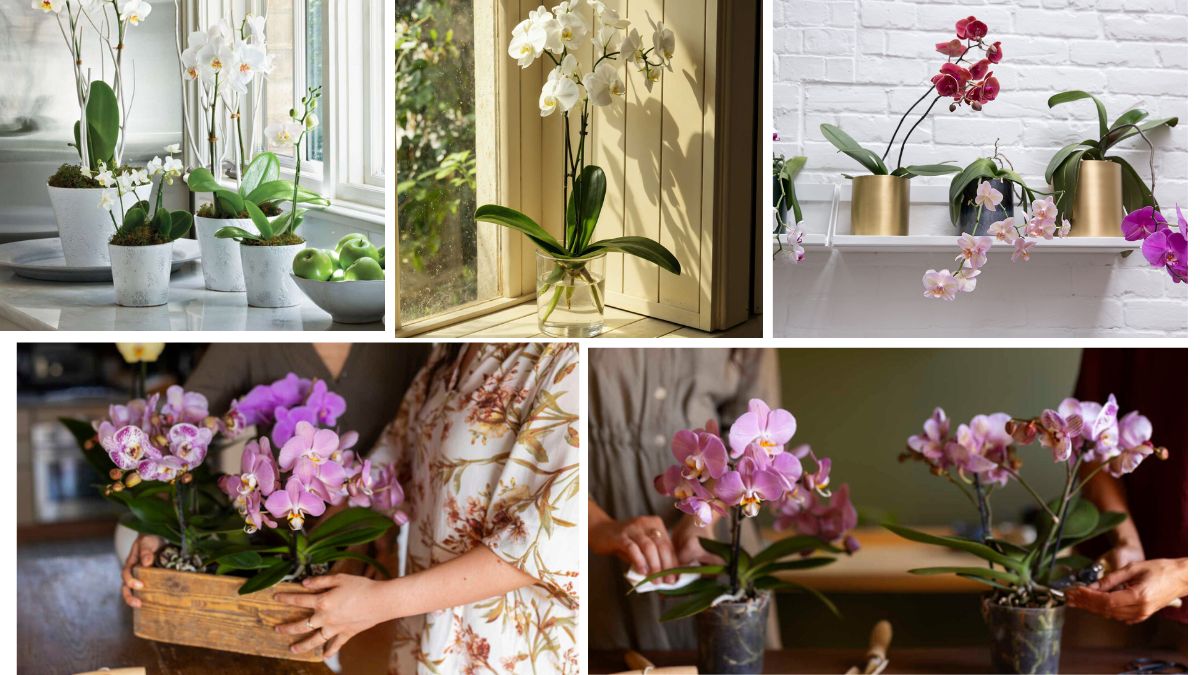Orchids are among the most captivating and elegant flowers in the plant kingdom. With their striking shapes, vibrant hues, and exotic allure, they are often seen as symbols of beauty, strength, and luxury. Although orchids have a reputation for being difficult to grow, many varieties thrive wonderfully indoors when given the right conditions and care. This article reveals 1200 words of in-depth, practical, and attractive guidance under the thesis title “Exotic Indoor Tips for Growing Orchids.” Whether you’re a beginner or a seasoned plant enthusiast, these insights will help transform your living space into a blooming paradise.
Understanding the Orchid Family
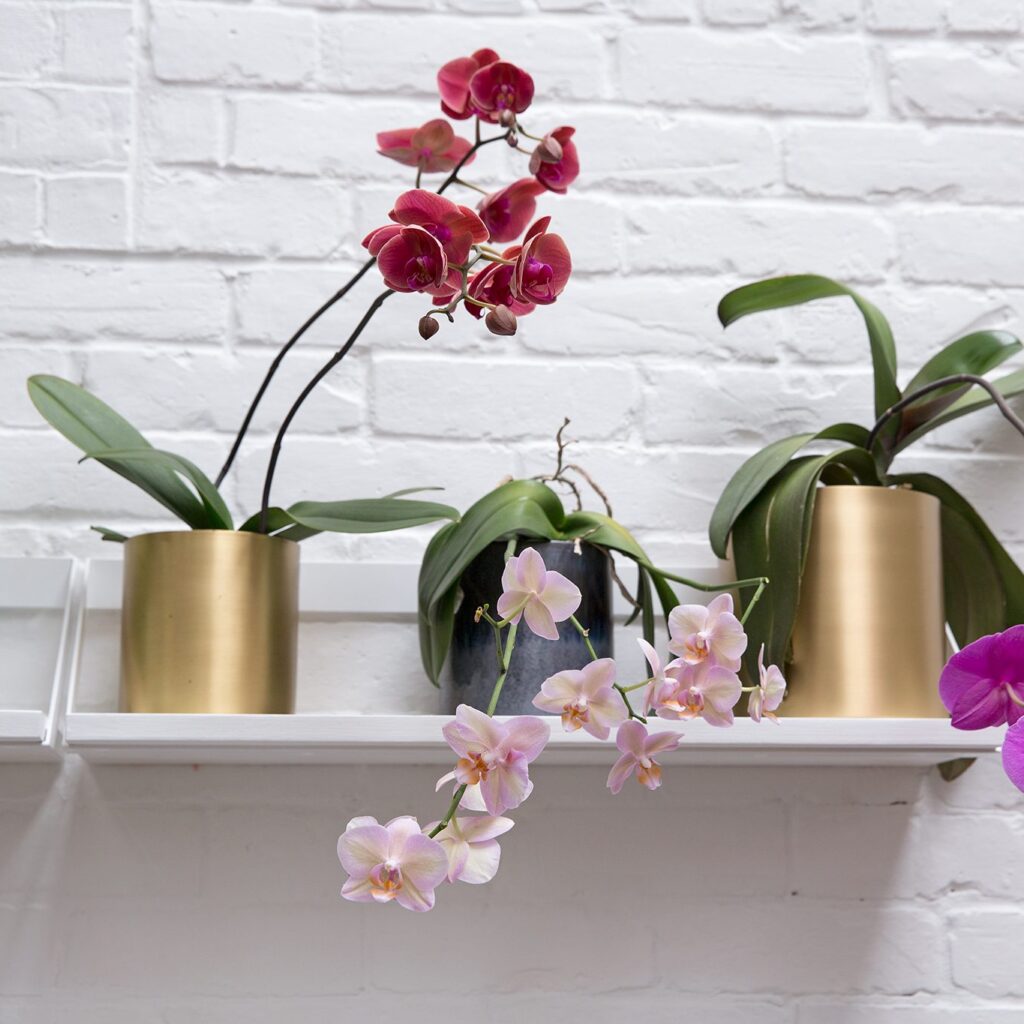
The orchid family (Orchidaceae) is one of the largest plant families, with over 25,000 species and more than 100,000 hybrids. While these plants originate from diverse climates ranging from tropical jungles to arid deserts, most indoor orchids are epiphytes—plants that grow on trees rather than in soil. The most commonly grown indoor orchids include:
- Phalaenopsis (Moth Orchids) – Beginner-friendly and bloom for months.
- Cattleya – Known for large, fragrant, showy flowers.
- Dendrobium – Slender and elegant, often with cascading blooms.
- Oncidium – Nicknamed “dancing ladies” due to their petal shapes.
- Paphiopedilum (Slipper Orchids) – Unique pouch-like flowers, often grown for foliage too.
Understanding your orchid type is the first step in proper indoor cultivation.
Ideal Indoor Growing Conditions
1. Lighting: Bright but Filtered
Orchids need abundant but indirect sunlight. Place them near an east or south-facing window with sheer curtains or use grow lights if natural light is limited. Signs of too much light include yellow leaves, while dark green leaves often indicate too little.
- Phalaenopsis: Thrives in low to moderate light.
- Cattleya and Dendrobium: Require brighter conditions.
Tip: Rotate the pot weekly to ensure even light exposure.
2. Temperature and Humidity: Mimic the Tropics
Most orchids prefer a temperature range of 18°C to 27°C (65°F to 80°F) during the day and 10°C cooler at night. Humidity levels of 50–70% are ideal.
To maintain humidity:
- Use a humidity tray (a shallow dish filled with water and pebbles).
- Group plants together.
- Use a humidifier in drier climates or during winter.
Watering Wisdom
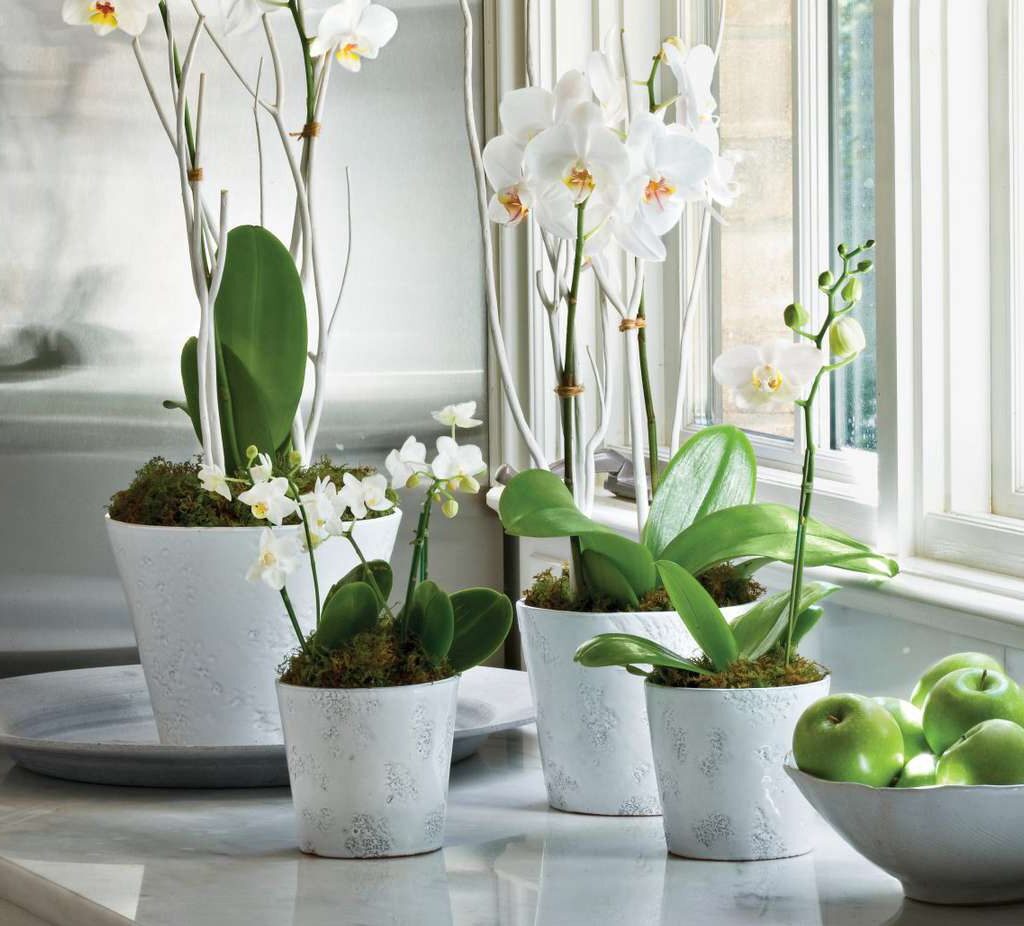
Orchids don’t like soggy roots. As epiphytes, they are used to drying out between rains. Overwatering is the number one killer of indoor orchids.
- Water once a week during active growth and less during dormancy.
- Use tepid, distilled, or rainwater rather than tap water with chlorine or salt.
- Water in the morning to allow leaves and crown to dry out, preventing rot.
Tip: If the roots are silvery white, it’s time to water. If they’re green, wait a few days.
Potting and Medium Essentials
Orchids don’t grow in regular potting soil. Instead, they thrive in an airy, well-draining mix that mimics their natural environment.
Best Orchid Mediums:
- Bark chips (fir or pine)
- Sphagnum moss
- Coconut husk
- Perlite or charcoal
Pot Types:
- Clear plastic pots help monitor root health and moisture.
- Terra cotta pots are porous and prevent waterlogging.
Repot every 1–2 years after blooming or when the potting medium breaks down.
Feeding for Flourishing
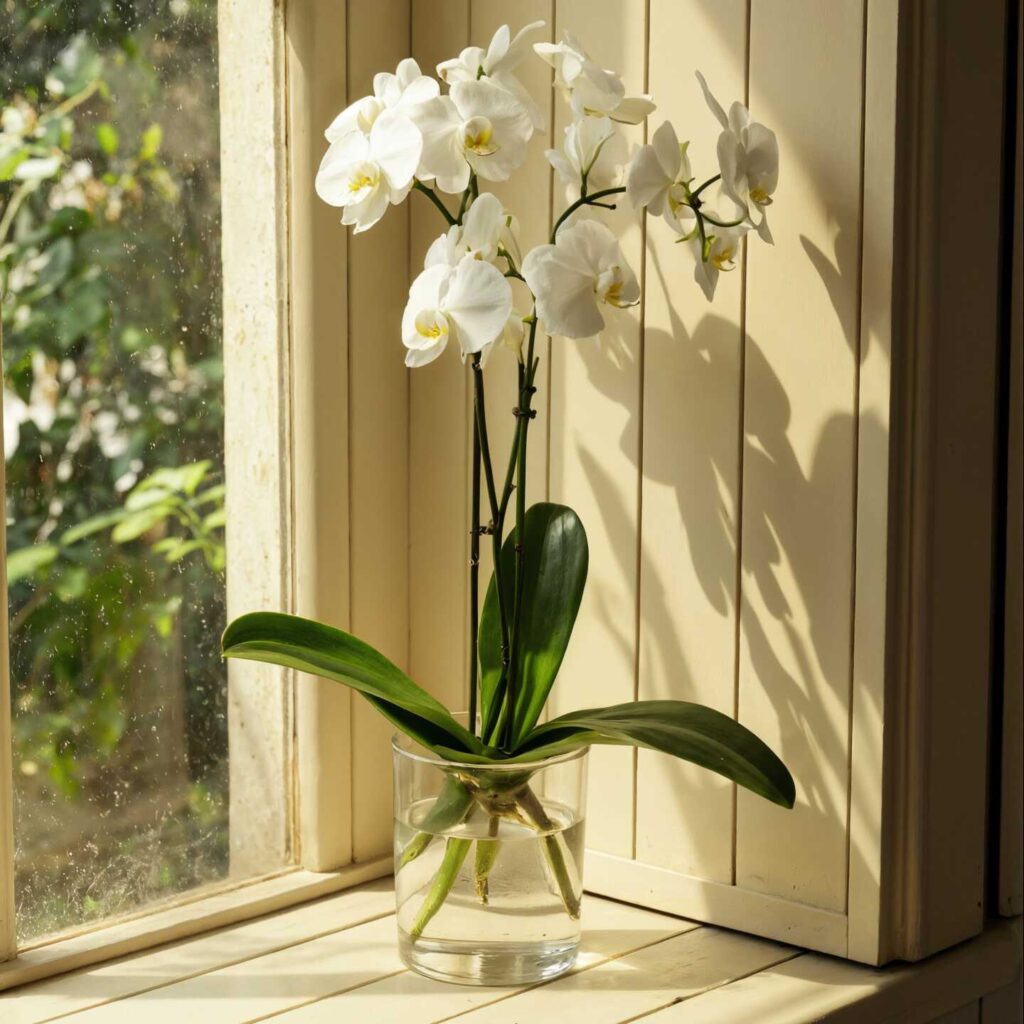
Orchids are light feeders but need regular fertilization during the growing season. Use a balanced fertilizer (20-20-20) or one labeled for orchids.
Feeding Tips:
- Dilute to half-strength.
- Feed every two weeks during spring and summer.
- Reduce to once a month in fall and winter.
“Weakly, weekly” is the orchid grower’s motto!
Pruning and Maintenance
- Remove dead or yellowing leaves and spent flower spikes.
- For Phalaenopsis, cut the flower spike just above a node to encourage reblooming.
- Keep leaves clean by gently wiping with a damp cloth.
Pest and Disease Control
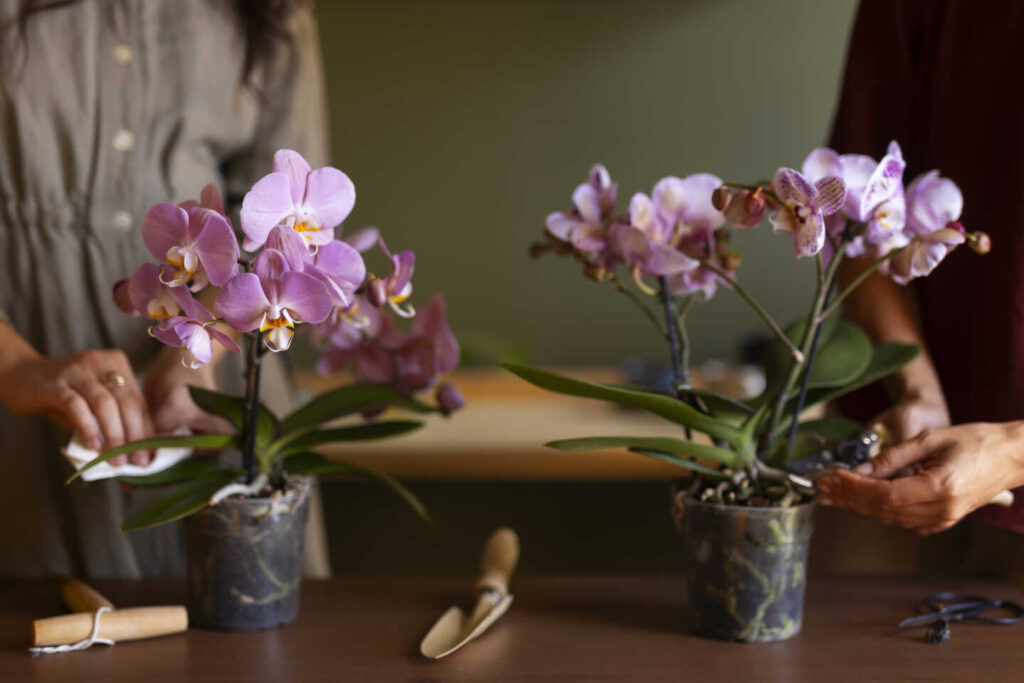
While relatively hardy, orchids can be prone to pests like:
- Mealybugs – White, cottony pests.
- Scale – Hard, brown shell insects on leaves.
- Spider mites – Tiny red pests that leave webs.
- Fungal or bacterial rot – Often from overwatering or poor air circulation.
Prevention & Treatment:
- Isolate infected plants.
- Spray with neem oil or insecticidal soap.
- Improve airflow and ensure proper watering.
Encouraging Blooming Indoors
One of the biggest challenges for indoor orchid growers is getting their plants to rebloom. Here’s how to help:
- Respect Rest Periods: Many orchids, like Dendrobium, need a dormancy phase to bloom again. Reduce watering and stop feeding during this time.
- Nighttime Temperature Drops: A drop of 10°C (50°F) at night can trigger blooming.
- Correct Light Levels: Ensure your orchid is receiving enough indirect light.
- Happy Roots = Happy Blooms: Ensure the roots are healthy and the plant isn’t pot-bound.
Patience is key—reblooming can take months, but it’s worth the wait!
Best Orchid Varieties for Beginners
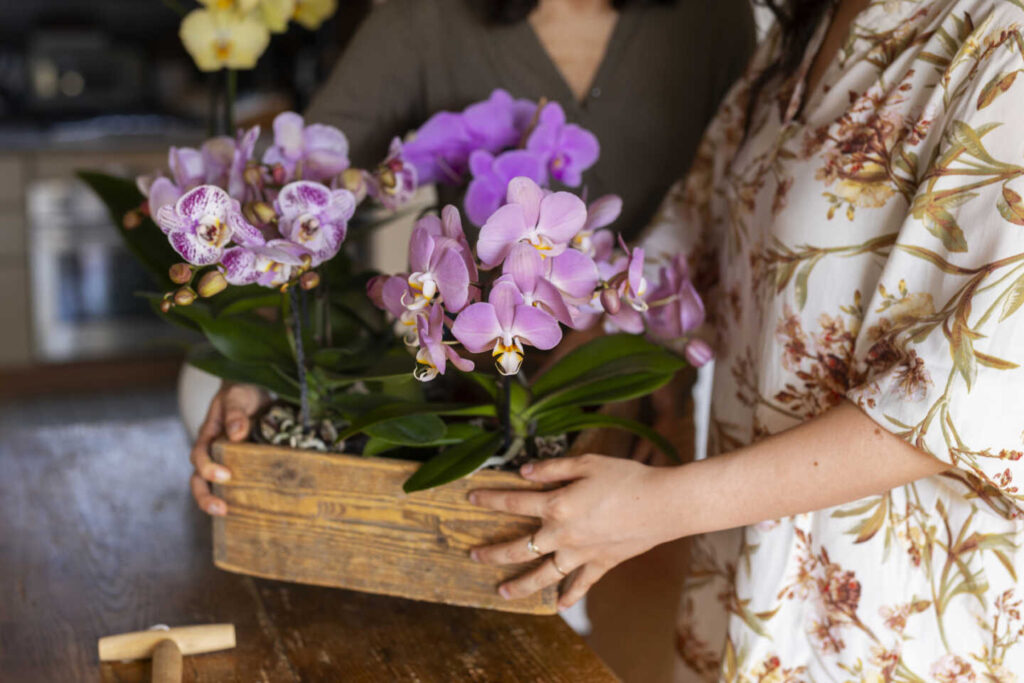
If you’re new to growing orchids indoors, start with these easy-to-care-for types:
- Phalaenopsis (Moth Orchid) – Long-lasting blooms, minimal care.
- Dendrobium nobile – Spectacular seasonal blooms.
- Oncidium – Tolerant and lively bloomers.
- Paphiopedilum – Ideal for lower-light homes.
Decorating with Indoor Orchids
Orchids don’t just bring nature indoors—they elevate your home’s aesthetic. Place them:
- In modern white ceramic pots on windowsills.
- In decorative baskets on coffee tables.
- As centerpieces with trailing Spanish moss for a tropical feel.
Orchids pair beautifully with ferns, air plants, and succulents in indoor displays.
Final Thoughts
Orchids, with their exotic flair and captivating colors, are the crown jewels of indoor gardening. By understanding their natural habitat and adapting your care routine to mimic it, you can enjoy years of stunning blooms and healthy plants. Whether you’re looking to brighten up a kitchen window or create a serene indoor oasis, orchids offer beauty, elegance, and a rewarding growing experience.
